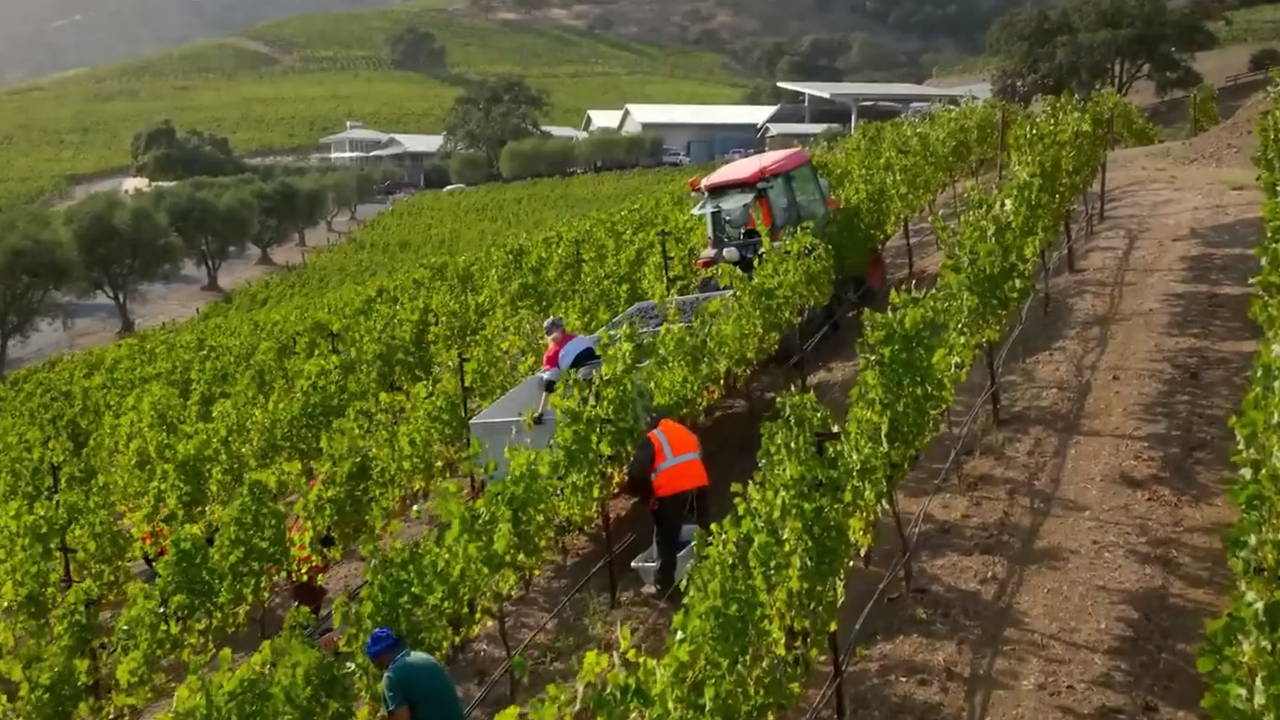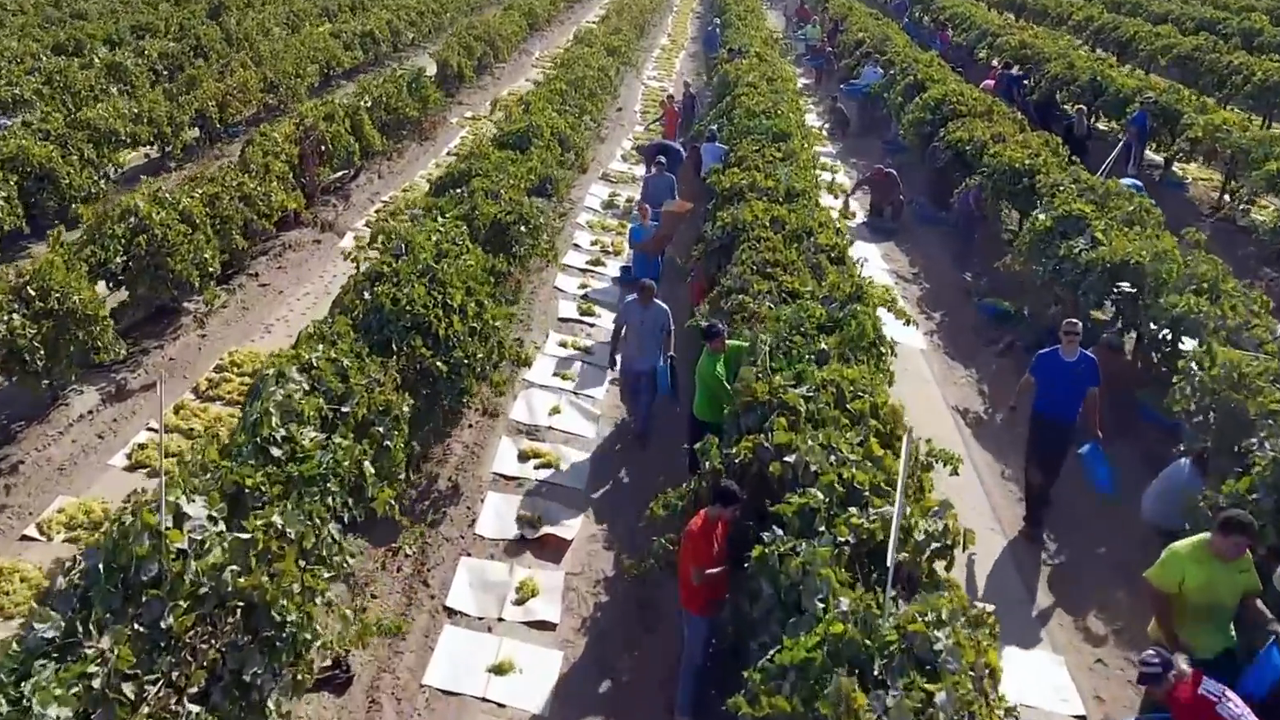The humble potato, a staple food for millions across the globe, holds...
Turning Tons of Grapes Into Wine: Secrets of Mega Wineries
The journey from vineyard to bottle is a fascinating blend of nature, science, and industrial precision, transforming millions of tons of grapes into the wine enjoyed worldwide. In the United States, where California alone produces over 80% of the nation’s wine, mega factories orchestrate this process on an awe-inspiring scale. These facilities combine advanced technology with time-honored traditions to ensure every bottle meets exacting standards.

The process begins in sprawling vineyards, where grape varieties like Cabernet Sauvignon, Chardonnay, and Merlot are cultivated. Each year, the U.S. harvests approximately 4 million tons of grapes, with regions like Napa and Sonoma leading the charge. Timing is critical—grapes are picked at peak ripeness, often during early morning hours to preserve freshness. Mechanical harvesters or skilled laborers collect the fruit, which is then transported to mega wineries capable of processing thousands of tons daily.
At the factory, grapes undergo destemming and crushing. Modern machines gently separate stems from berries, ensuring minimal damage to the fruit. The resulting “must”—a mix of juice, skins, and seeds—is pumped into fermentation tanks. For red wines, the must ferments with the skins to extract color and tannins, while white wines are pressed immediately to separate the juice. These stainless-steel tanks, often holding tens of thousands of gallons, are temperature-controlled to optimize fermentation, which typically lasts one to two weeks. Yeast converts sugars into alcohol, creating the wine’s foundation.

Post-fermentation, the wine is clarified. Mega factories use high-tech filtration systems and centrifuges to remove sediment, ensuring clarity and stability. Some wines, particularly reds, undergo malolactic fermentation to soften acidity, enhancing smoothness. Oak aging, a hallmark of premium wines, follows for many varieties. Factories house thousands of barrels—often American or French oak—where wines mature for months or years, developing complex flavors like vanilla or spice. Automated barrel management systems streamline this labor-intensive process in large-scale operations.
Blending is the next critical step. Winemakers, often with advanced degrees in oenology, meticulously combine different batches to achieve consistent flavor profiles. In mega factories, computer-assisted blending ensures precision, balancing acidity, tannins, and fruit notes. Once perfected, the wine is filtered again and bottled on high-speed lines capable of filling thousands of bottles per hour. Automated systems handle everything from sterilization to corking and labeling, ensuring efficiency and hygiene.

Quality control is paramount. Mega factories employ labs equipped with gas chromatographs and spectrometers to test for chemical composition, ensuring each batch meets regulatory and brand standards. Sustainability is also a focus—many facilities recycle water, compost grape pomace, and use solar power to reduce their environmental footprint. For instance, some California wineries process 100,000 tons of grapes annually while adhering to strict sustainability certifications.
The scale of these operations is staggering. A single mega factory can produce millions of gallons of wine yearly, supplying supermarkets, restaurants, and global markets. Yet, despite the industrial might, the artistry of winemaking remains. Skilled vintners oversee every step, ensuring the essence of the grape shines through.
From vineyard to bottle, the transformation of millions of tons of grapes into wine is a testament to human ingenuity and nature’s bounty. Mega factories make this possible, blending tradition with cutting-edge technology to deliver the wines we love.
Don't miss those
Inside the C-5 Super Galaxy The...
The C-5 Super Galaxy is not just an aircraft; it’s a symbol...
The Unmatched Luxury: Why Rolls-Royce Cars...
Rolls-Royce stands as a beacon of automotive luxury, with its vehicles often...
Real-Life Superhuman Moments Captured on Camera
In a world where challenges often seem overwhelming, glimpses of real-life heroes...
Billion Tons of Sugarcane: The Art...
Sugarcane, a towering tropical grass, is the backbone of global sugar production,...
U.S. Navy Pioneers Aerial Refueling Drone...
On August 23, 2025, the United States Navy marked a historic milestone...








